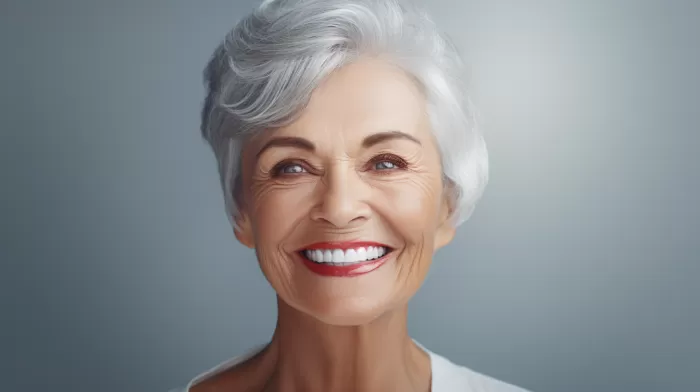So, you want to reach the milestone of 100 years old or possibly even more? Well, according to research from Toronto, it’s more likely if you’re a woman. As the number of people aged 100 or older has increased by more than 70% in the past 15 years, a staggering 85% of them are women. This discovery urges us to rethink how we approach health and social care for different genders, particularly as women continue to outnumber men in the centenarian club.
Breaking Down the Centenarian Club
Diving into the data, researchers found that of the 1,842 centenarians they examined, 6.7% were 105 years or older. Not only did women make up 85.3% of all centenarians, but they also represented 89.4% of those aged 105 or older. This overwhelming dominance of women reaching advanced ages indicates that gender may play a significant role in determining how individuals manage their health and wellbeing.
Where are Centenarians Living?
Interestingly, almost half of centenarians were found to live within a community setting. 20% of these individuals live independently, while 25.3% receive publicly funded home care. This finding is crucial for health and social care providers, as it shows the importance of tailoring services to cater to the unique needs and preferences of this rapidly growing demographic.
Preventative Measures and Medical Care
Preventive drug therapies (such as bisphosphonates and statins) are frequently prescribed to centenarians, signaling a proactive approach to maintaining their health and preventing possible issues. Within the year prior, 18.2% of centenarians had been hospitalized, and 26.6% were seen in an emergency department. More than 95% visited a primary care provider, and 5.3% saw a geriatrician.
Drawing insights from this data, it becomes clear that understanding centenarians’ health care habits will be crucial for improving health service delivery for this demographic. From preventive drug therapies to primary care visits, knowing how and when centenarians use the healthcare system can help shape healthcare policies that prioritize their individual needs and requirements.
Planning for the Future
As our population continues to age and the centenarian club expands, healthcare providers and policymakers must adapt their strategies accordingly. For one, the gender discrepancy in centenarians should not be overlooked, and more effort should be made to meet the tailored needs of both men and women in this age group.
Addressing the predominance of women among centenarians can help improve health outcomes for all older adults, regardless of gender. Investigating the factors that contribute to this imbalance may yield valuable insights into how different genders can benefit from targeted care and interventions to maximize overall health and longevity.
Promote Better Health and Longevity for All
Ultimately, the goal should be to extend the best possible health and social care services to individuals as they reach advanced ages, regardless of gender. By understanding the unique needs and issues faced by centenarians, we can work towards creating a society where everyone has the opportunity to thrive well into their golden years. Whether through preventive medical treatments, tailored care programs, or innovative health initiatives, we have the tools and resources at our disposal to ensure that each and every one of us has a fighting chance at living a long and fulfilling life.


![8 Simple Tips for a Longer, Happier Life [See Them Now]](https://naturalhealthreserve.com/wp-content/uploads/2024/01/8-healthy-tips-live-longer-slideshow-300x168.webp)
